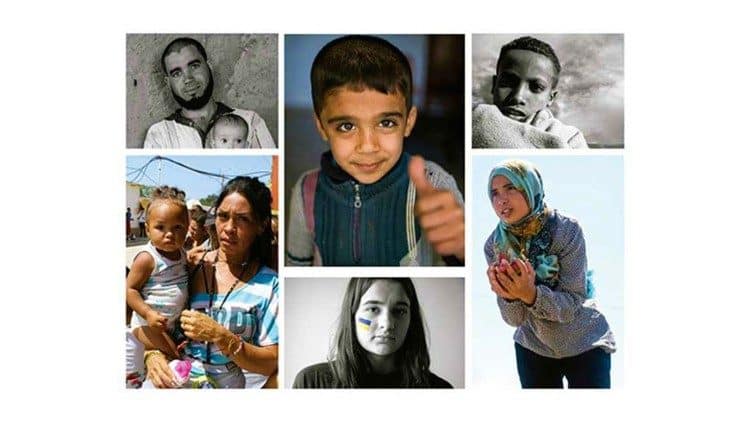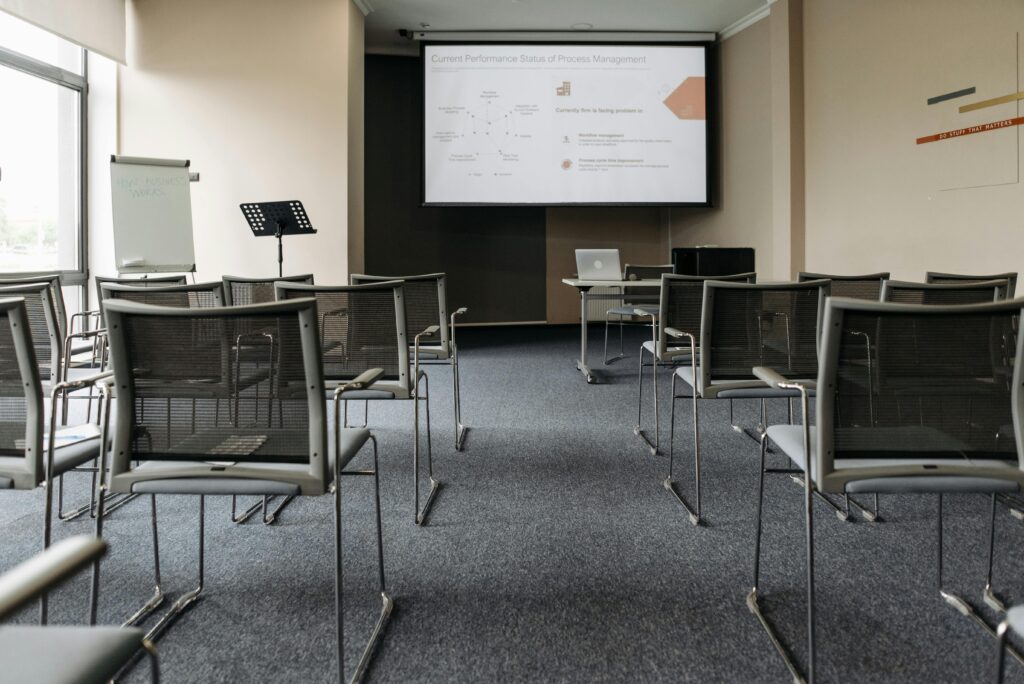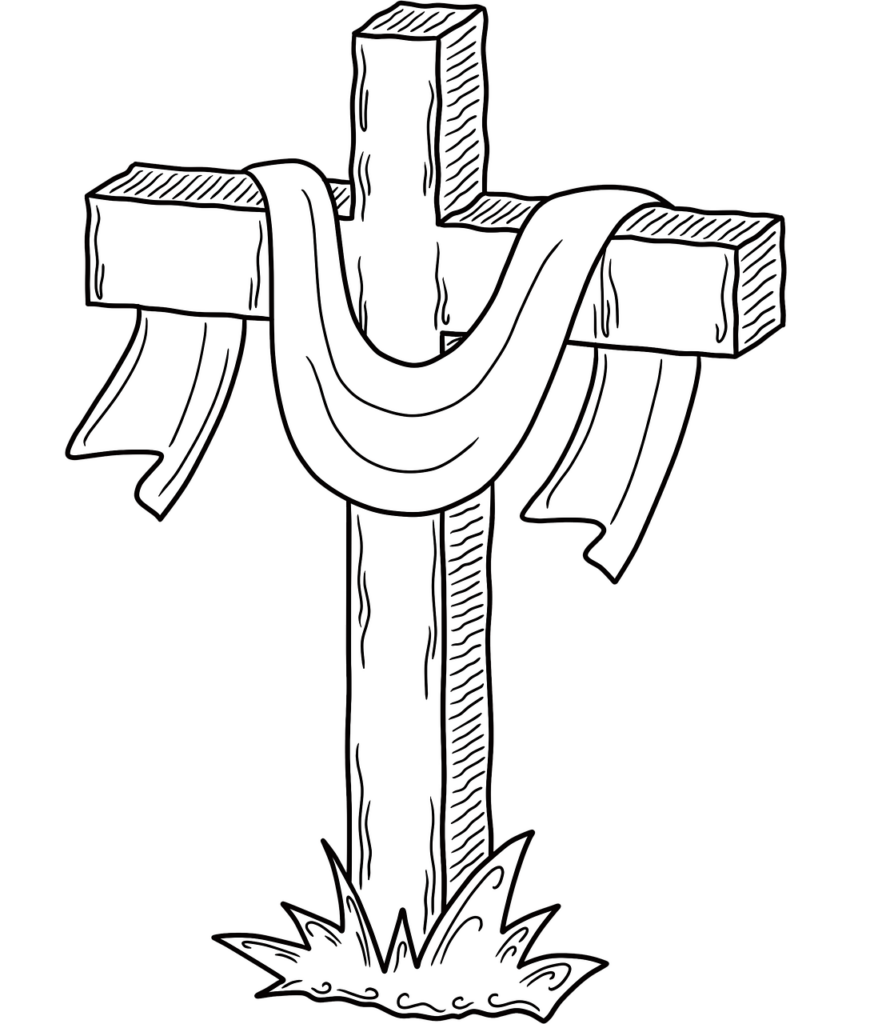Pastoral with migrants of the Church in Spain
The Spanish Episcopal Conference has updated the identity and frame of reference of pastoral care with migrant people. And it offers, from the diversity brought by migration, some keys to facing the challenges of the future

The future of society and the Church in Spain depends on the full incorporation of migrated people. Consequently, either we are a welcoming and missionary Church, or we will not be. The exhortation proposes a transversal pastoral care with migrant people, in a Church “on the way out” where “we all fit in.”
Signs of clearer ecclesial times
The integration, not assimilation, of migrated people into the Church is one of the clearest signs of ecclesial times.
Update the identity and frame of reference of pastoral care with migrant people. And offer, from the diversity brought by migrations, some keys to facing the challenges of the future.
With this objective, the Spanish Episcopal Conference (CEE) offers the Pastoral Exhortation “Welcoming and missionary communities. Identity and framework of pastoral care with migrants”, which was approved by the Plenary Assembly last March.
This document was made public at a press conference on May 6. The archbishop of Madrid and vice president of the EEC, Cardinal José Cobo, the director of the Migration Department, Xabier Gómez, speak; and Melania Flores, Peruvian, from the San Millán and San Cayetano parish in Madrid.
Transverse pastoral care with migrant people
The exhortation proposes a transversal pastoral care with migrant people, in a Church “on the way out” where “we all fit in.” The integration, not assimilation, of migrated people into the Church is one of the clearest signs of ecclesial times.
This document has been drafted, after a process of listening and reflection, by the Migration Department of the Episcopal Subcommission for Migration and Human Mobility, and was presented in the Plenary by the Episcopal Commission for Social Pastoral and Human Promotion.
The Exhortation is divided into five chapters. The first, to put migration and its causes in context and analyze the degree of integration of migrated people into society. “Living Catholicity” is the title that heads the second chapter, which begins with a recognition of the contribution of migrants to society and in which some criteria for action are also indicated. In the third, some guidelines for personal and pastoral conversion are outlined. The fourth raises the keys to transformation to advance from a pastoral care for to a pastoral care with. And in the last one a set of proposals and good practices are presented. The first pages are a preamble in which the content of the document is summarized, which closes with an acknowledgments section.
Continuity and evolution
As explained in the first pages, this new document updates “The Church in Spain and migrants”, from 2007, but without disregarding its theological-pastoral reflection, which “continues to be a valid reference” due to “the quality and depth of their approaches.” However, “since 2007 there have been many changes in society and in the Church itself that recommend an update that brings together continuity and evolution.”
Either we are a welcoming and missionary Church, or we will not be
In fact, it is recalled that current data “confirm what the pronouncements of the bishops have been showing from 1994 to the present: that the future of society and the Church in Spain depends on the full incorporation of migrated people.” . Consequently, “either we are a welcoming and missionary Church, or we will not be.”
“The integration, not assimilation, of migrated people into the Church is one of the signs of the clearest ecclesial times.”
Bring about a change in consciousness
Starting from this premise, this Exhortation is published in the hope of bringing about “a change in the conscience and focus of those of us who make up the holy people of God. May it help us configure the communities of the future, walking with what works or rethinking where necessary the parish and mission model; promoting with those who already live among us and new neighbors or brothers, welcoming and missionary communities. Personal and pastoral conversion to live in harmony, witness and announce together the joy of the Gospel”.
Related

Reflection by Bishop Enrique Díaz: The Lord’s mercy is eternal. Alleluia
Enrique Díaz
27 April, 2025
5 min

After Eight Days Jesus Arrived: Commentary by Fr. Jorge Miró
Jorge Miró
26 April, 2025
3 min

The Perspectivas del Trabajo Foundation is founded with the aim of promoting virtues for professional development
Exaudi Staff
25 April, 2025
2 min

Reflection by Bishop Enrique Díaz: Alleluia, alleluia
Enrique Díaz
20 April, 2025
5 min
 (EN)
(EN)
 (ES)
(ES)
 (IT)
(IT)

